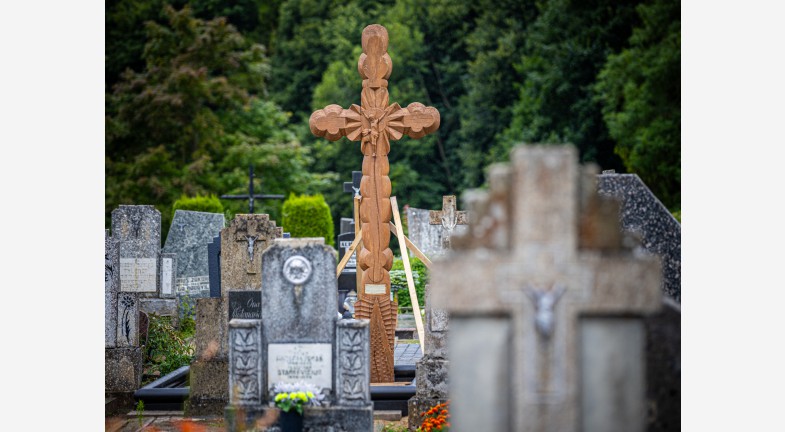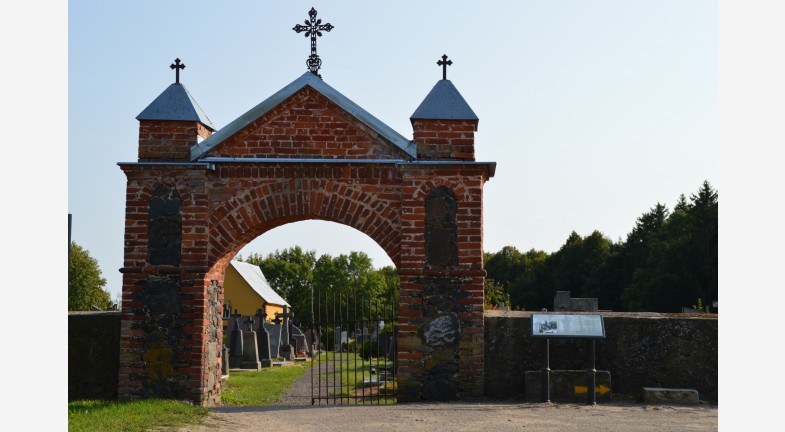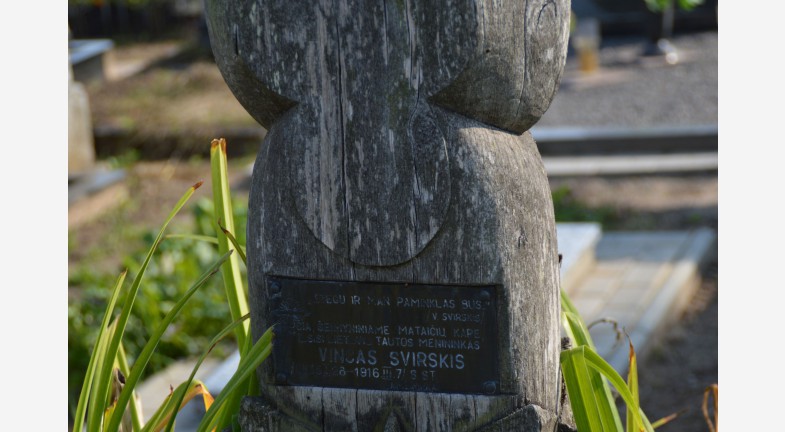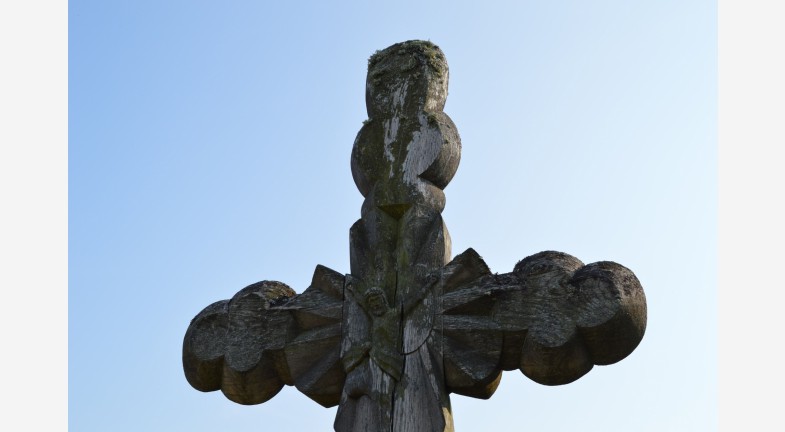Lithuanian cross-crafting is enscribes on the list of the UNESCO world heritage.
Cross-crafting is a Lithuanian folk art tradition that emerged in the 15th century. It is a synthesis of craftsmanship, artistry and faith; every step of the making and maintenance of crosses matters: establishing the purpose (in honour of the deceased, God or saints, search for mercy or protection, etc.), choosing the right craftsman, the creative process, erection, consecration, visitations to crosses, chanting and other related ceremonies, the burning of a collapsed monument, etc.
The ideas of Christianity and the archaic human relationship to nature intertwine in the tradition. The monuments are built not only in cemeteries but also in villages, towns, near water areas, wells and stones considered to be sacred, they are also hung on threes. There shapes of sculptures vary, for example, they can be crosses, pillars with roofs, ornaments and statuettes of saints as well as chapels with paintings and metal parts – it depends on a region.
Twenty crosses made by Vincas Svirskis are on display at the Museum of Kėdainiai Region. Vincas Svirskis did not farm nor had a family. He earned his living by walking from one village to another and making crosses for a relatively small payment. He used to carve from monolithic oak, his crosses stand out by multiple composition and baroque features.
Address
Surviliškis, Kėdainiai District







